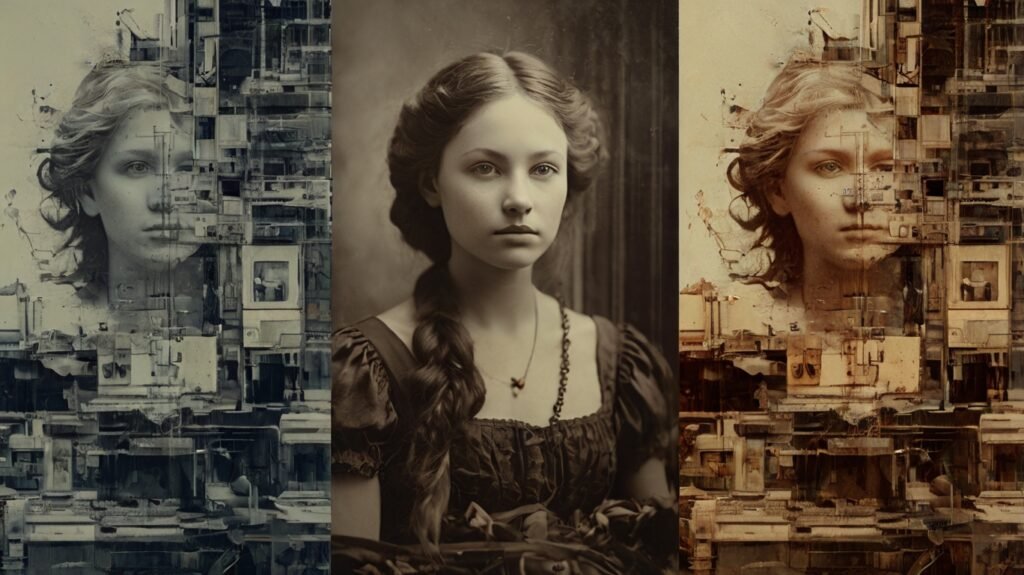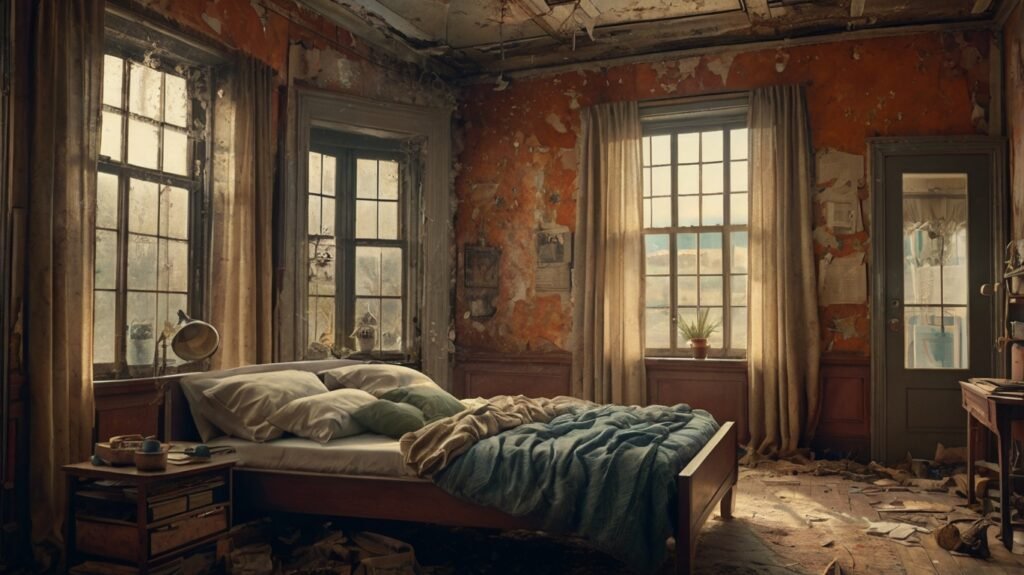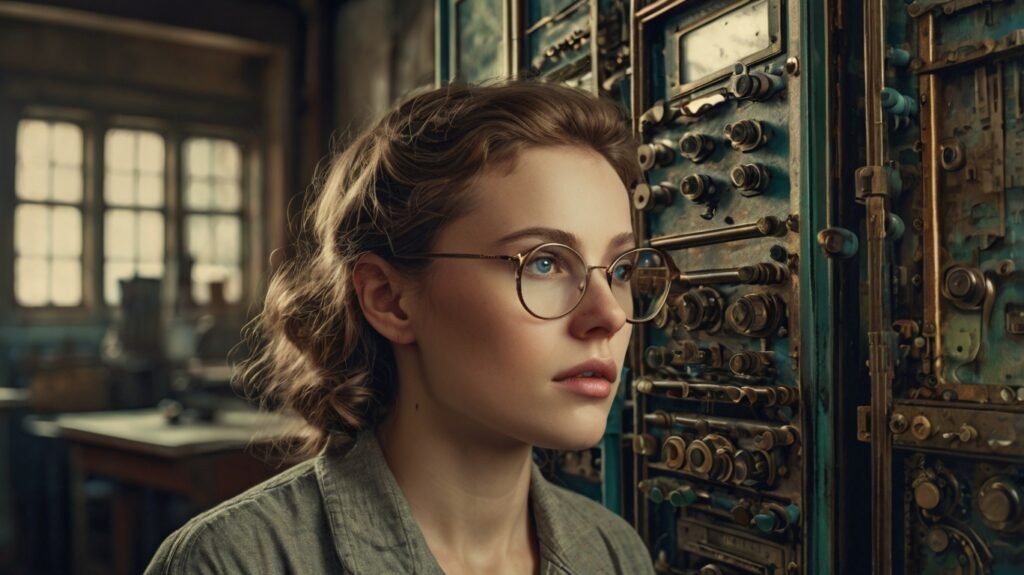Have you ever held an old, faded photograph and wondered if it was possible to bring it back to life? Perhaps you’ve hesitated at the thought of spending money on photo restoration services, unsure if the investment is truly worth it. In today’s digital era, preserving our memories is more important than ever. This comprehensive guide explores The Cost of Photo Restoration: Is It Worth It? by breaking down the factors that influence pricing, comparing professional services with DIY options, and discussing the emotional and historical value of restored photos. Whether you’re a family archivist, a photography enthusiast, or simply someone with a few cherished prints gathering dust, read on to discover why restoring your photos might be one of the best investments you make.
Table of Contents
ToggleIntroduction
Imagine uncovering a dusty box in your attic and finding photos of your grandparents, each image holding a story of bygone days. Yet, many of these photos are deteriorated by time—cracked, faded, or stained beyond recognition. The question arises: The Cost of Photo Restoration: Is It Worth It?

In this blog post, we delve into the multifaceted world of photo restoration, exploring both tangible and intangible benefits. We’ll cover everything from the nitty-gritty details of pricing to heartwarming success stories of families who reclaimed their lost memories. By the end of this guide, you’ll be equipped with all the information you need to decide whether investing in photo restoration is the right move for you.
Understanding Photo Restoration
Photo restoration is more than just a digital repair process—it’s the art and science of reviving photographs that have been worn down by time. This process typically involves:
- Repairing physical damage: Fixing tears, creases, and holes.
- Eliminating blemishes: Removing scratches, stains, and discoloration.
- Enhancing quality: Adjusting contrast, brightness, and sharpness.
- Color correction: Bringing faded colors back or even colorizing black and white images.
Historically, photo restoration was a manual, labor-intensive task performed by skilled artists. Today, technological advancements, including AI and sophisticated editing software, have revolutionized the field. However, the fundamental goal remains the same: to preserve a piece of history and maintain the integrity of precious memories.
Factors Affecting the Cost of Photo Restoration
The price of photo restoration can vary significantly based on several key factors. Understanding these elements can help you make an informed decision about whether the investment aligns with your needs.
Extent of Damage
One of the most significant factors is the extent of damage the photo has sustained. Here’s how damage severity typically breaks down:
- Minor Repairs: These include simple fixes such as removing light scratches, dust, or slight discoloration. Prices for minor repairs usually range between $20 and $50 per photo.
- Moderate Repairs: When a photo has more noticeable issues like stains, torn edges, or missing minor parts, the cost typically increases to $50 to $150 per photo.
- Severe Restoration: For heavily damaged images that require significant reconstruction—such as rebuilding missing parts, extensive color correction, or severe damage repair—the price can range from $150 to $500 (or more) per photo.
Complexity and Detail
Not all restorations are created equal. The complexity of the work required also plays a crucial role in determining cost. Factors include:
- Detail Work: Intricate details like facial features or complex backgrounds require extra time and expertise.
- Artistic Interpretation: Some restorers add a touch of artistry to enhance the image further, which can increase costs.
- Customization: Tailoring the restoration to meet historical accuracy or personal preferences may involve additional research and creative effort.
Service Provider Expertise
The credentials and experience of the service provider directly impact the cost:
- Freelancers: Often more budget-friendly, with prices typically ranging from $30 to $150 per photo.
- Professional Studios: These offer high-end quality, advanced techniques, and guaranteed results. Prices here can vary from $100 to $500 per photo.
- AI-Based Tools: Modern AI applications, like DeOldify or specialized online services, offer a less expensive alternative, often ranging from $5 to $50 per image. However, they might lack the personal touch and precision of a human expert.
Turnaround Time and Urgency
The speed at which you need your photos restored can also affect pricing. Standard restoration projects usually take about 3 to 7 days, but if you require expedited service—say within 24 to 48 hours—you can expect to pay a premium.
Additional Services
Some restoration services bundle extra features, which can impact overall cost:
- Colorization: Adding color to black and white photos is a specialized service that can increase the price.
- High-Resolution Digital Copies: Enhanced digital versions for printing or archiving might come at an additional fee.
- Physical Prints: If you want professionally printed and framed copies, those costs will be separate.
Professional Restoration vs. DIY Approaches
With the rise of digital tools, many people now consider restoring photos themselves. Let’s compare the two approaches:
Professional Restoration
Pros:
- Expertise: Professional restorers have years of experience and advanced skills.
- High-Quality Results: The finished product often exceeds what DIY methods can achieve.
- Time-Saving: Professionals can complete complex restorations quickly, even on tight deadlines.
Cons:
- Cost: Professional services can be expensive, especially for severely damaged photos.
- Less Control: While you can give input, the final artistic decisions rest with the professional.
DIY Restoration
Pros:
- Cost-Effective: Software tools like Adobe Photoshop or GIMP can be affordable or even free.
- Creative Control: You have the freedom to experiment and make adjustments as you see fit.
- Learning Opportunity: DIY restoration can be a rewarding hobby that develops new skills.
Cons:
- Time-Consuming: Learning and perfecting restoration techniques can take a significant amount of time.
- Steep Learning Curve: Not everyone has the technical skills or artistic eye needed for high-quality restoration.
- Inconsistent Results: The quality of DIY restorations can vary widely depending on your expertise.
For many, a hybrid approach works best—using AI tools or basic editing software to handle the initial cleanup, then refining the image manually for those final touches.
The Benefits of Investing in Photo Restoration
Before weighing the costs, consider the benefits that restored photos can offer. Here are several reasons why many find photo restoration to be a worthwhile investment:

Preservation of Family History
Restoring photos isn’t just about aesthetics; it’s about preserving heritage. A restored photo can keep a family’s legacy alive for generations, ensuring that historical moments aren’t lost to time. The value of passing down a vivid, detailed portrait of ancestors is immeasurable.
Emotional and Sentimental Value
A photo can evoke powerful memories and emotions. Restoring a damaged image often rekindles long-forgotten stories and preserves the emotional connection to loved ones. For many, the sentiment attached to a photo far outweighs its monetary cost.
Enhanced Visual Quality and Authenticity
Modern restoration techniques can bring out details that were previously obscured. Enhanced clarity, adjusted contrast, and even color correction can make a faded image appear as if it were taken yesterday, adding a layer of authenticity to the narrative of your family history.
Art and Investment
Restored photos can transcend their role as mere memorabilia. They can become pieces of art—beautiful, unique, and valuable in their own right. Whether displayed in a family home or a professional gallery, these images are a testament to both technological advancement and human creativity.
Case Studies and Personal Experiences
To illustrate the true value of photo restoration, let’s explore a couple of real-world examples:
A Family’s Journey to Rediscovery
Sarah, a lifelong archivist, discovered a collection of damaged photographs in her grandmother’s attic. These photos were the only visual record of her great-grandparents, whose stories had faded from family lore. Determined to preserve her heritage, Sarah invested in a professional restoration service. The results were astounding—each photo was transformed into a vibrant piece of history that not only captured her family’s past but also rekindled long-forgotten memories. Today, these restored images hang proudly in her family home, sparking conversations and preserving legacies.
Institutional Success: A Local Museum’s Archive
A small local museum embarked on a project to digitize and restore a series of historical photographs that documented the town’s early 20th-century life. With a limited budget, they opted for a hybrid approach—using AI tools for preliminary restoration and professional experts for detailed touch-ups. The project not only resulted in high-quality digital archives but also increased community engagement. Residents now have access to a rich visual history of their town, fostering a renewed sense of identity and pride.
Evaluating ROI: Is It Worth the Investment?
When considering The Cost of Photo Restoration: Is It Worth It?, it’s essential to evaluate both tangible and intangible returns on investment (ROI).
Tangible Returns
- Increased Value: Restored photos can appreciate in value, especially if they are of historical significance or have been enhanced artistically.
- Digital Archive: Creating a digital archive of restored photos can safeguard against further degradation, ensuring longevity and ease of access.
- Enhanced Display: High-quality restorations can significantly enhance the visual appeal of personal or public spaces.
Intangible Returns
- Emotional Impact: The joy and nostalgia evoked by a perfectly restored image often far exceed the cost.
- Cultural Preservation: By investing in photo restoration, you contribute to the preservation of cultural and historical heritage.
- Personal Satisfaction: Knowing that you have saved an irreplaceable piece of history can bring immense personal satisfaction and peace of mind.
While the cost of photo restoration might seem high at first glance, when balanced against these returns, it often proves to be a worthy investment in both material and emotional terms.
Future Trends in Photo Restoration
As technology continues to evolve, so too does the field of photo restoration. Here are some emerging trends that may influence future costs and benefits:
Artificial Intelligence and Automation
AI-based tools are already making significant strides in the restoration process. These tools can analyze large datasets of images to predict and reconstruct missing details with impressive accuracy. As these technologies improve, the cost of automated restoration services may decrease, making high-quality restoration accessible to a broader audience.
Augmented Reality (AR) Integration
Imagine viewing a restored photo in an augmented reality setting, where digital overlays enhance the visual experience even further. AR could allow users to interact with historical images, providing contextual information and immersive experiences that bring history to life.
Collaborative Restoration Platforms
Cloud-based platforms may soon allow multiple experts to collaborate on a single restoration project. This could streamline the process and reduce costs, particularly for large-scale archival projects in museums and libraries.
Personalized Restoration Services
With increasing consumer demand for personalized services, we can expect to see more bespoke restoration options that cater to individual aesthetic preferences. This level of customization may add to the cost but could result in even more satisfying outcomes for those with a strong emotional connection to their photos.
Tips for Budgeting and Getting the Best Value
If you’re considering photo restoration, here are some tips to help you manage costs and get the best value:
- Do Your Research: Read reviews and compare portfolios before choosing a service provider. Look for experts who have experience with the type of damage your photo requires.
- Start Small: If you’re new to photo restoration, consider starting with one or two photos to gauge the quality and service before committing to a larger project.
- Combine Approaches: Use AI tools for initial cleanup and opt for professional touch-ups for the finer details. This hybrid approach can save money without sacrificing quality.
- Ask for Samples: Many professional restorers offer sample work or free consultations. Use these opportunities to assess their expertise.
- Plan for the Future: Consider investing in digital backups of restored photos to prevent future losses. A one-time investment in restoration can preserve memories for decades.
Frequently Asked Questions (FAQ)
How much does photo restoration typically cost?
The cost varies based on the extent of damage and the complexity of work. Minor repairs can cost between $20 to $50 per photo, moderate repairs $50 to $150, and severe restorations can range from $150 to $500 or more.
Can I restore photos myself?
Yes, you can use DIY tools like Adobe Photoshop, GIMP, or AI-based apps to restore photos. However, professional restoration often yields higher-quality and more consistent results, especially for severely damaged images.
How long does the restoration process take?
Most photo restoration projects take between 3 to 7 days for standard turnaround. Expedited services are available if you need your photos restored within 24–48 hours, though this may incur additional costs.
Is professional restoration worth the investment for sentimental photos?
Absolutely. While the upfront cost may seem high, the emotional and historical value of preserving your family’s legacy often outweighs the expense. Restored photos not only enhance visual appeal but also serve as irreplaceable keepsakes for future generations.
What additional services might be offered along with restoration?
Some providers offer colorization, high-resolution digital copies, and physical prints or framing. These services can enhance the final product but may also increase the overall cost.
How do I choose the right photo restoration service?
Look for providers with a solid portfolio, positive reviews, and clear communication. Asking for references or samples of previous work can also help ensure you choose a service that aligns with your expectations.
Are AI-based restoration tools reliable compared to professional services?
AI-based tools can offer good results for minor repairs, but they may not handle complex restorations as well as experienced professionals. For the most delicate and intricate work, human expertise is still invaluable.
Conclusion
In the end, the question remains: The Cost of Photo Restoration: Is It Worth It? The answer depends on your priorities. If preserving your family’s legacy, maintaining cultural heritage, and reliving cherished memories are important to you, then the investment in photo restoration can be priceless. Beyond the financial aspect, restored photos offer emotional, historical, and artistic value that can enrich your life in countless ways.
Whether you opt for a professional service, experiment with DIY methods, or take a hybrid approach, restoring your photos is an investment in your history. It’s about more than just repairing an image—it’s about reviving a story, reconnecting with your past, and creating a bridge for future generations.
So, if you’re holding onto those fragile prints or digital scans, consider giving them the care they deserve. With careful planning, research, and the right tools, you can transform damaged photographs into timeless treasures that continue to tell the stories of your life.
Start preserving your memories today and see for yourself how the value of restored photos extends far beyond their price tag.
